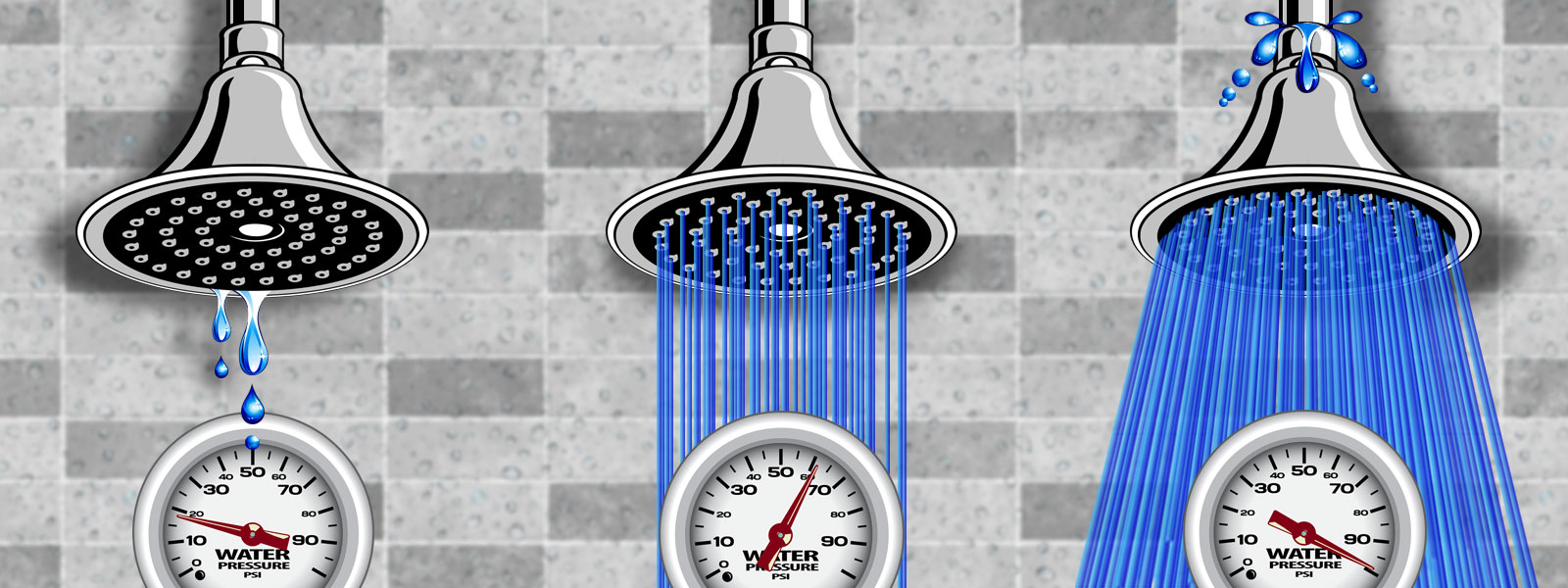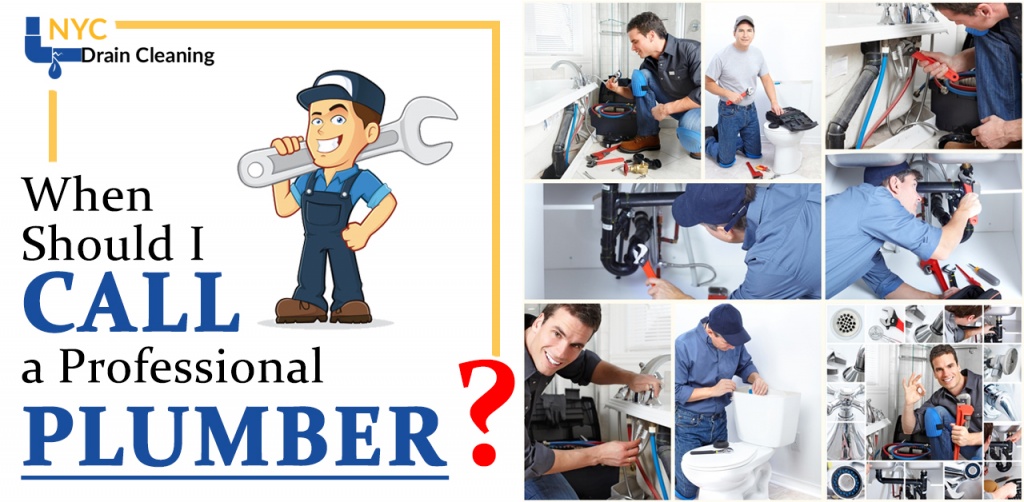One of the most common reasons for low water pressure in a kitchen sink is a clogged aerator. The aerator is the small screen at the end of the faucet that regulates the flow of water and mixes air with the water for a smoother stream. Over time, mineral deposits and debris can build up in the aerator, causing a blockage and reducing the water pressure. To check the aerator, unscrew it from the end of the faucet and inspect it for any buildup. If you see any, it's time to clean it out.1. Check the aerator
If the aerator is clogged, it's important to clean it out to restore proper water pressure. You can do this by soaking the aerator in a mixture of equal parts water and vinegar for about an hour. Then, use a small brush or toothpick to remove any remaining debris. Rinse the aerator with water and screw it back onto the faucet. This should improve the water pressure in your kitchen sink.2. Clean the aerator
The water supply valve is the valve located under the sink that controls the flow of water to the faucet. If this valve is not fully open, it can restrict the water flow and cause low water pressure. Check to make sure the valve is fully open and if not, turn it all the way to the open position. This should help improve the water pressure in your kitchen sink.3. Check the water supply valve
If the aerator is not the cause of the low water pressure, the next step is to check for clogs in the pipes. This can happen due to mineral buildup, debris, or even small objects getting stuck in the pipes. You can use a plumbing snake or a plunger to try and clear any clogs. If the clog is persistent, it may require professional help to remove.4. Check for clogs in the pipes
The water pressure regulator is a device that controls the water pressure in your home. If this device is not functioning properly, it can lead to low water pressure in your kitchen sink. To check the water pressure regulator, you will need a pressure gauge. Attach the gauge to the hose bib on the exterior of your house and turn on the water. If the pressure is below 45 psi, then the regulator may need to be adjusted or replaced.5. Check the water pressure regulator
Leaks in the pipes can also cause low water pressure in your kitchen sink. Even a small leak can reduce the overall water pressure in your home. Inspect all the pipes under the sink for any signs of leaks, such as puddles of water or dampness. If you find a leak, it's important to fix it as soon as possible to prevent further damage and improve the water pressure.6. Check for leaks in the pipes
If the low water pressure is only affecting your kitchen sink, it may be an issue with the individual faucet. However, if you notice low water pressure in other faucets in your home, it could be a larger issue with the main water supply. In this case, it's best to contact your water provider to see if there are any known issues or if a plumber needs to be called.7. Check the water pressure in other faucets
If you suspect that the main water supply is the cause of the low water pressure in your kitchen sink, you can test the pressure yourself. Attach a pressure gauge to the hose bib on the exterior of your house and turn on the water. The pressure should be between 45-80 psi. If it is lower, there may be an issue with the main supply line that needs to be addressed by a professional.8. Check the water pressure from the main supply line
If none of these solutions have improved the water pressure in your kitchen sink, it may be time to replace the faucet cartridge. The cartridge is the part of the faucet that controls the flow of water. Over time, it can become worn and cause low water pressure. Consult the manufacturer's instructions or call a plumber for assistance with replacing the cartridge.9. Replace the faucet cartridge
If all else fails, it's best to call a professional plumber for assistance. They have the knowledge and tools to diagnose and fix any issues with your kitchen sink's water pressure. It may be a more costly solution, but it will ensure that the problem is properly resolved and prevent any future issues. Dealing with low water pressure in your kitchen sink can be frustrating, but it's important to address the issue to avoid further damage and inconvenience. By following these tips and seeking professional help if needed, you can restore proper water pressure and keep your kitchen sink functioning properly.10. Call a plumber for professional help
Lack of Water Pressure in the Kitchen Sink: Causes and Solutions

Common Causes of Low Water Pressure in the Kitchen Sink
 One of the most common complaints among homeowners is a
lower water pressure in their kitchen sink
. This can be frustrating and inconvenient, especially when trying to wash dishes or fill a pot with water. However, before you call a plumber, it's important to understand the
common causes of low water pressure
in the kitchen sink.
One possible cause is
mineral buildup
in the pipes. Over time, minerals from hard water can accumulate and clog the pipes, restricting the flow of water. Another common cause is a
faulty faucet aerator
. This small mesh screen at the end of the faucet can become clogged with debris, reducing the water pressure. Additionally, a
leaky pipe
or
corroded pipes
can also lead to lower water pressure in the kitchen sink.
One of the most common complaints among homeowners is a
lower water pressure in their kitchen sink
. This can be frustrating and inconvenient, especially when trying to wash dishes or fill a pot with water. However, before you call a plumber, it's important to understand the
common causes of low water pressure
in the kitchen sink.
One possible cause is
mineral buildup
in the pipes. Over time, minerals from hard water can accumulate and clog the pipes, restricting the flow of water. Another common cause is a
faulty faucet aerator
. This small mesh screen at the end of the faucet can become clogged with debris, reducing the water pressure. Additionally, a
leaky pipe
or
corroded pipes
can also lead to lower water pressure in the kitchen sink.
Solutions to Increase Water Pressure
 Thankfully, there are several solutions to
increase water pressure in the kitchen sink
. One option is to
clean the faucet aerator
. Simply unscrew the aerator, clean it with a brush or vinegar, and then reattach it to the faucet. This should improve the water pressure immediately. Another solution is to
flush the pipes
. This involves turning off the main water supply, opening all the faucets in your home, and then turning the water back on. This will help clear out any mineral buildup in the pipes.
If the issue is caused by
leaky or corroded pipes
, it's best to call a professional plumber to repair or replace them. They can also install a
water pressure booster
, which can help increase the water pressure in your entire home. Another option is to
install a water softener
to prevent mineral buildup in the future.
Thankfully, there are several solutions to
increase water pressure in the kitchen sink
. One option is to
clean the faucet aerator
. Simply unscrew the aerator, clean it with a brush or vinegar, and then reattach it to the faucet. This should improve the water pressure immediately. Another solution is to
flush the pipes
. This involves turning off the main water supply, opening all the faucets in your home, and then turning the water back on. This will help clear out any mineral buildup in the pipes.
If the issue is caused by
leaky or corroded pipes
, it's best to call a professional plumber to repair or replace them. They can also install a
water pressure booster
, which can help increase the water pressure in your entire home. Another option is to
install a water softener
to prevent mineral buildup in the future.
Conclusion
 Having a
lower water pressure in the kitchen sink
can be a frustrating experience, but it's a common problem with several possible causes. By understanding these causes and implementing the appropriate solutions, you can
increase water pressure in your kitchen sink
and make your daily tasks easier and more efficient. If the problem persists, it's best to consult a professional plumber for further assistance. Don't let low water pressure disrupt your daily routine – address the issue and enjoy a fully functional kitchen sink once again.
Having a
lower water pressure in the kitchen sink
can be a frustrating experience, but it's a common problem with several possible causes. By understanding these causes and implementing the appropriate solutions, you can
increase water pressure in your kitchen sink
and make your daily tasks easier and more efficient. If the problem persists, it's best to consult a professional plumber for further assistance. Don't let low water pressure disrupt your daily routine – address the issue and enjoy a fully functional kitchen sink once again.

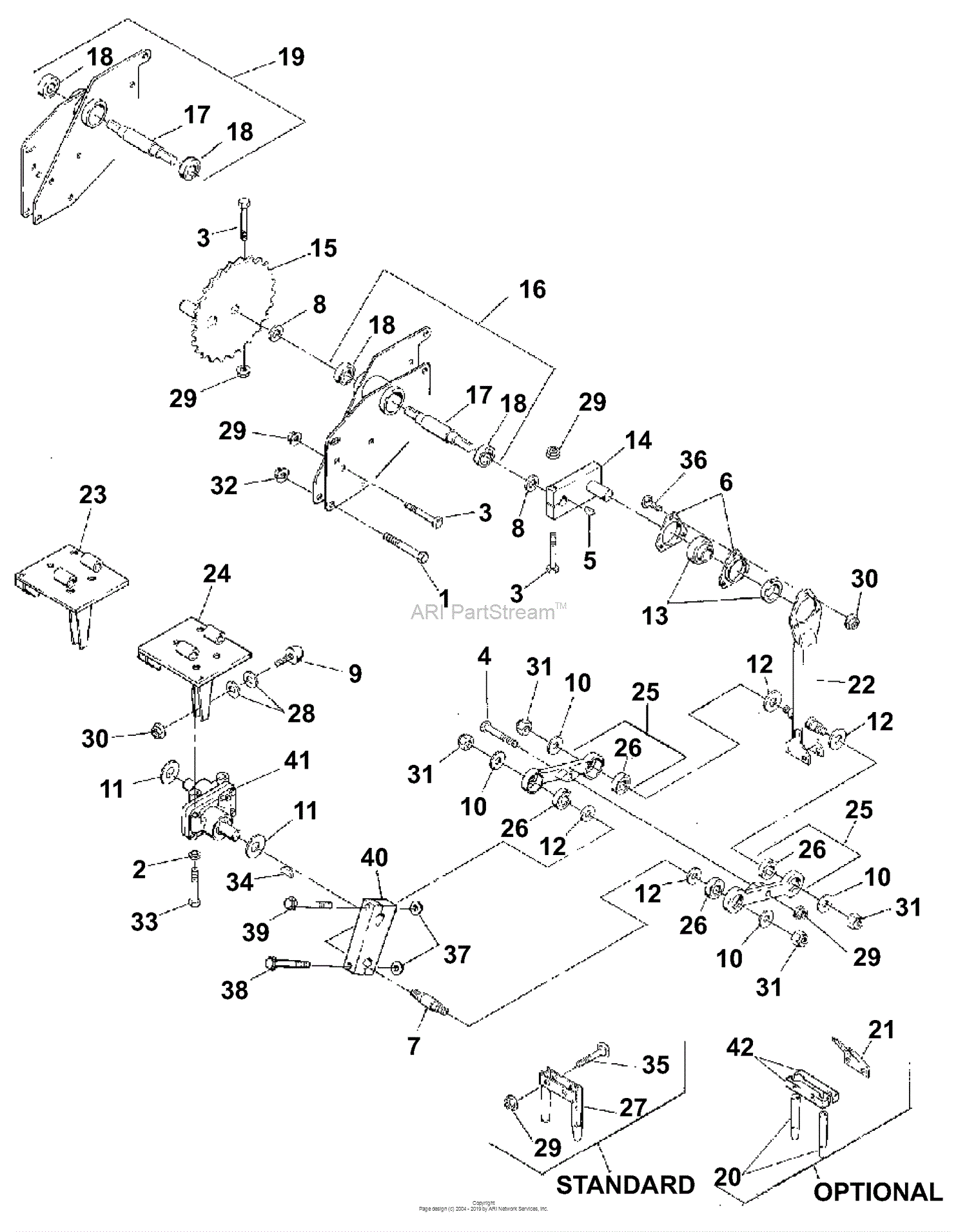







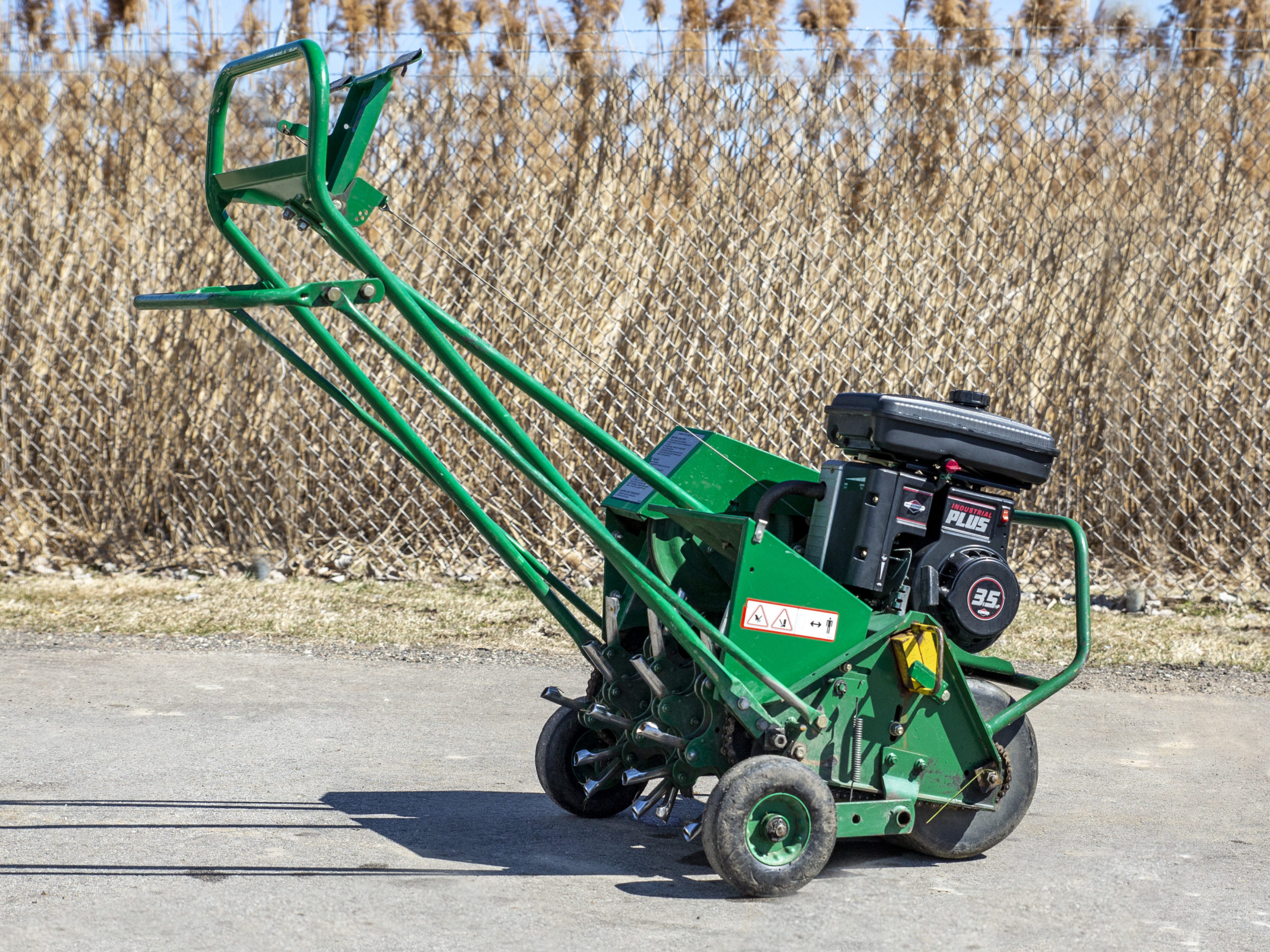

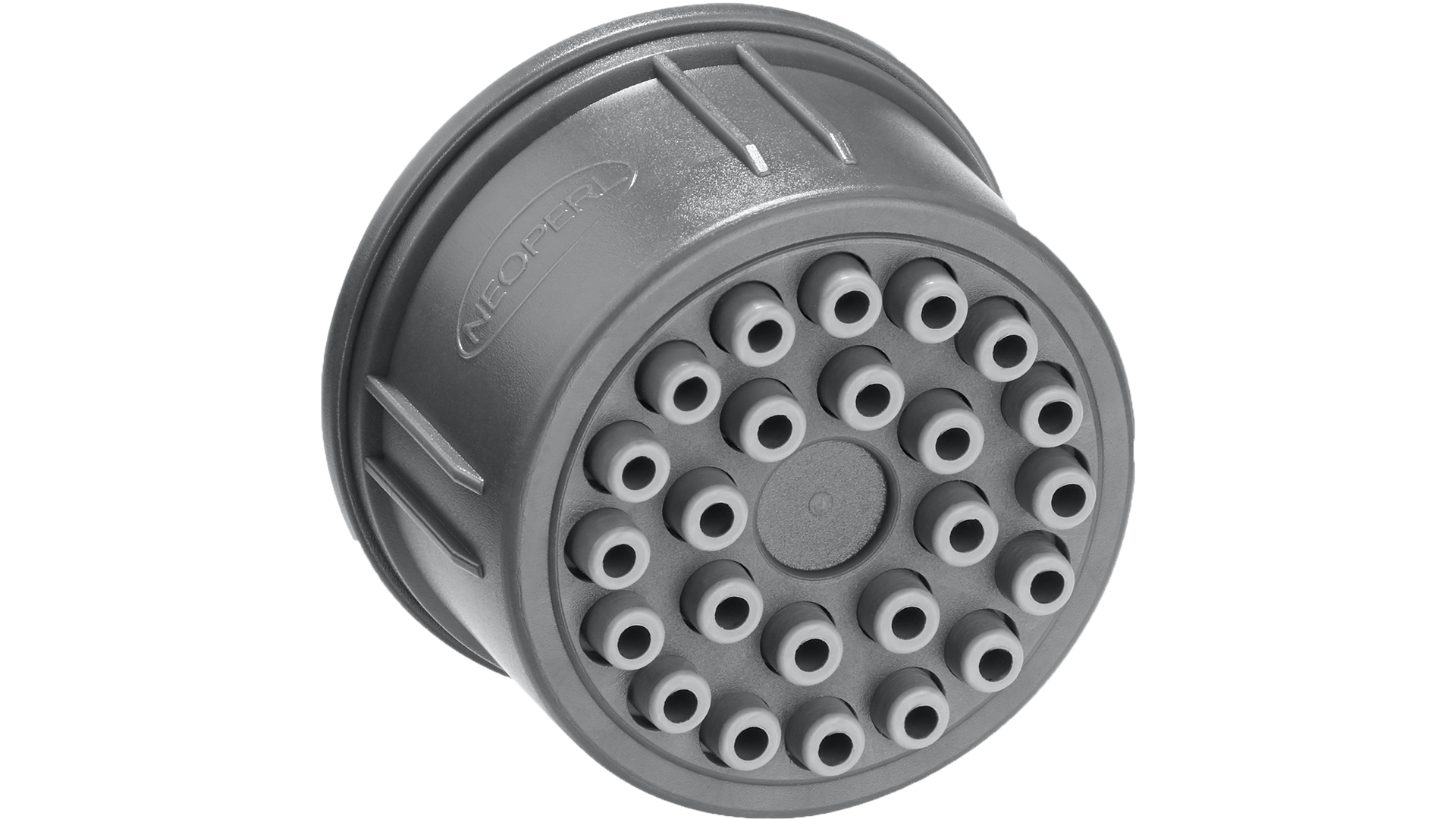






:max_bytes(150000):strip_icc()/clearing-a-blocked-faucet-aerator-2718807-07-b5a90554991f4bb69efb45a472df7f23.jpg)

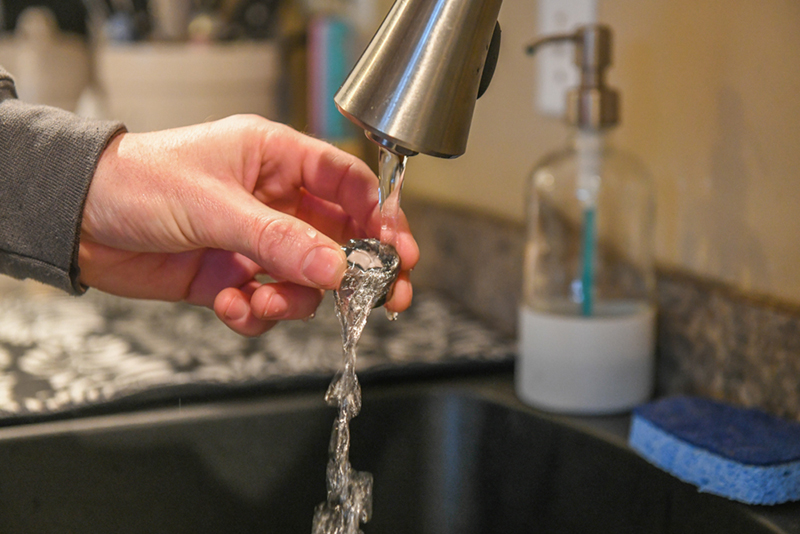








:max_bytes(150000):strip_icc()/GettyImages-1057621140-78ab2e946841421d9a7efeebe02935d2.jpg)






















:max_bytes(150000):strip_icc()/testing-water-pressure-in-your-home-2718692-hero-98f45508ca5d44b6b551034ac5cedab5.jpg)
:max_bytes(150000):strip_icc()/the-men-s-hand-opens-the-ball-valve-on-the-collector-1006810456-5c5fc73fc9e77c000159c4af.jpg)
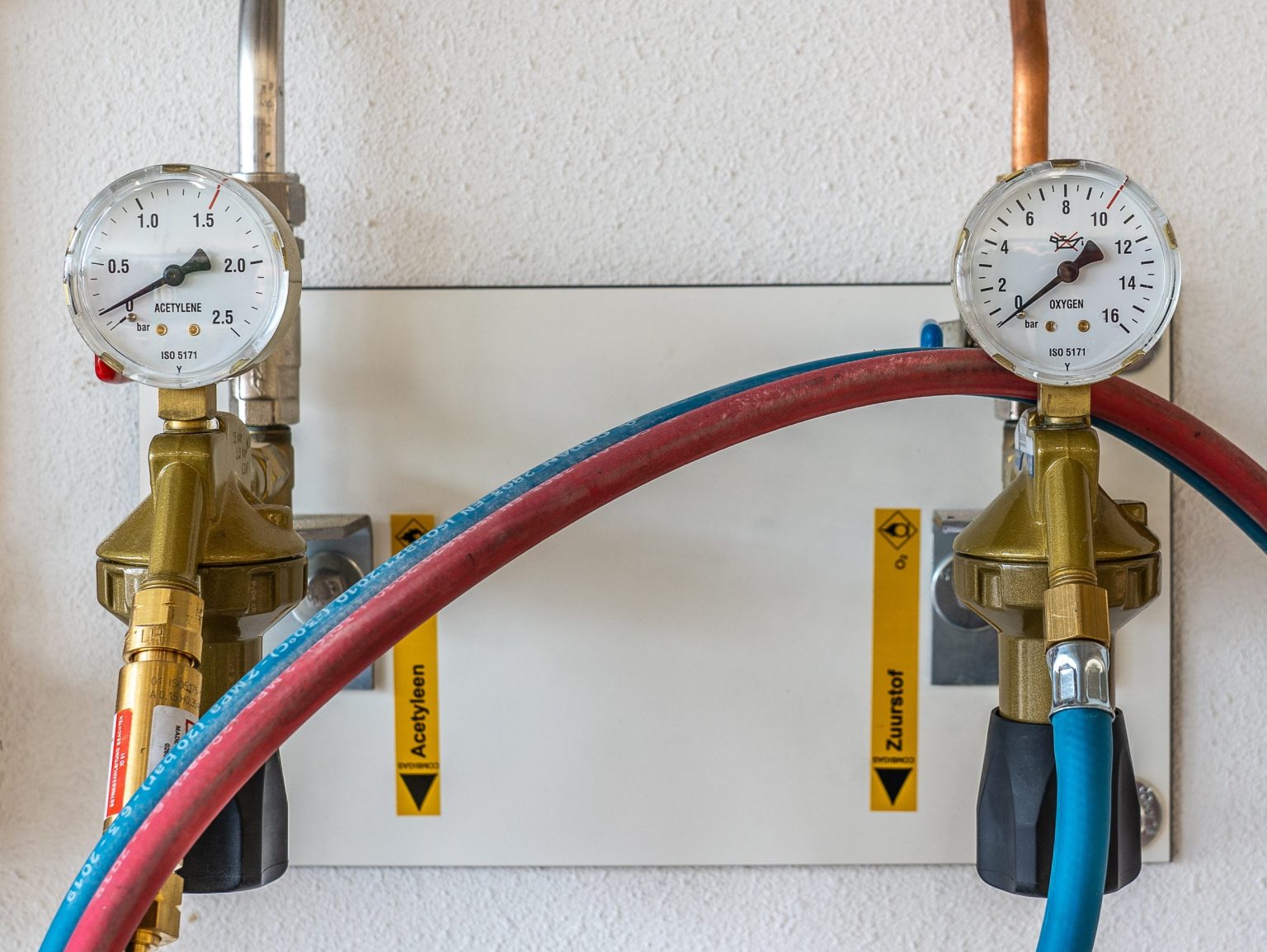
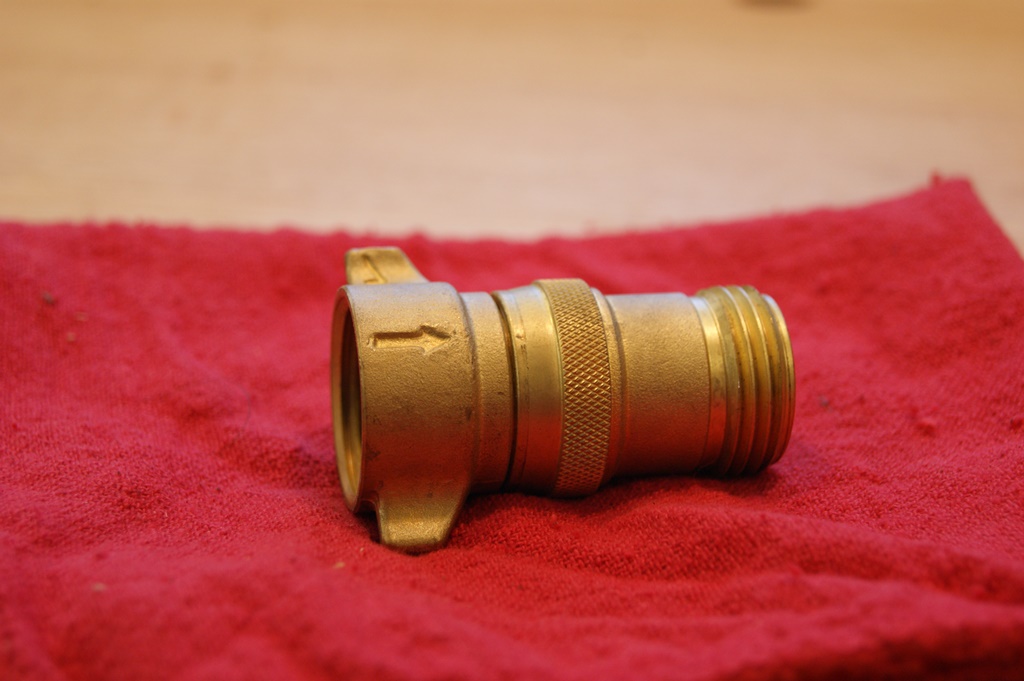




















:max_bytes(150000):strip_icc()/testing-water-pressure-in-your-home-2718692-04-c37ab3236d0d4b61b87079ebf9ef823e-c1e1ef0104fb44778a287bd9bb5ec140.jpeg)




/testing-water-pressure-in-your-home-2718692-hero-98f45508ca5d44b6b551034ac5cedab5.jpg)


